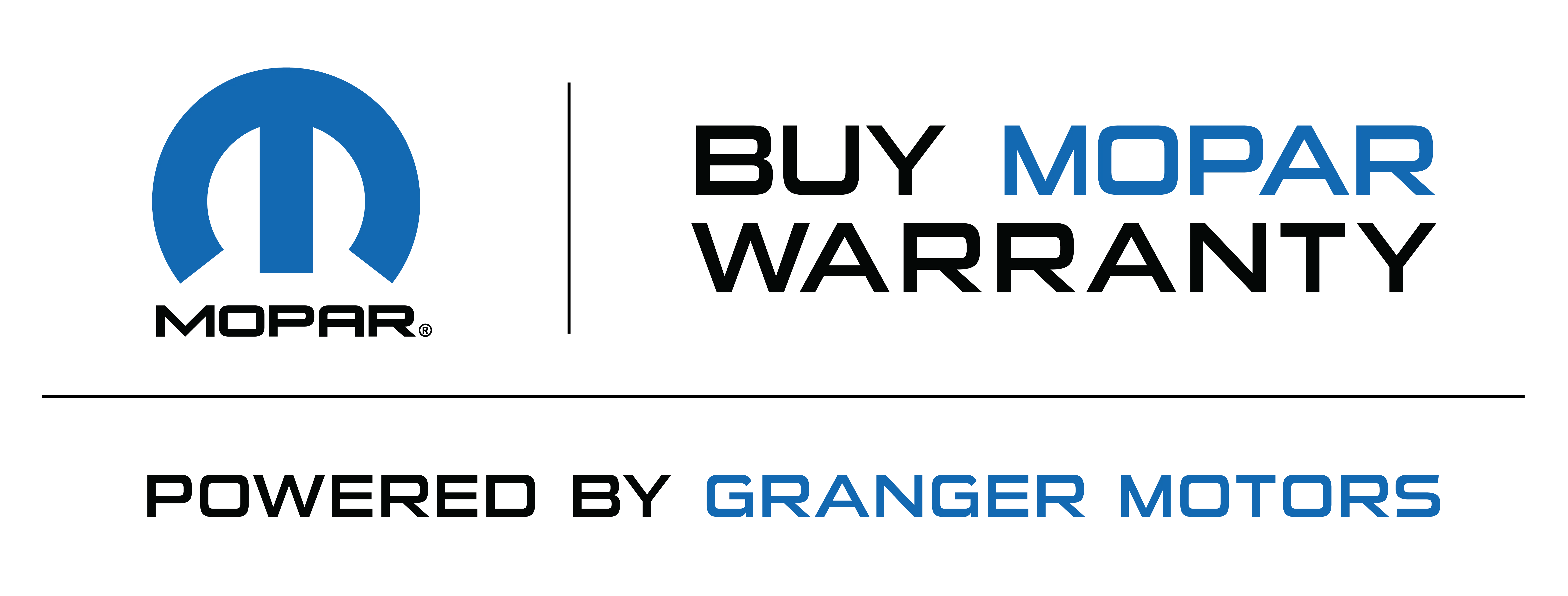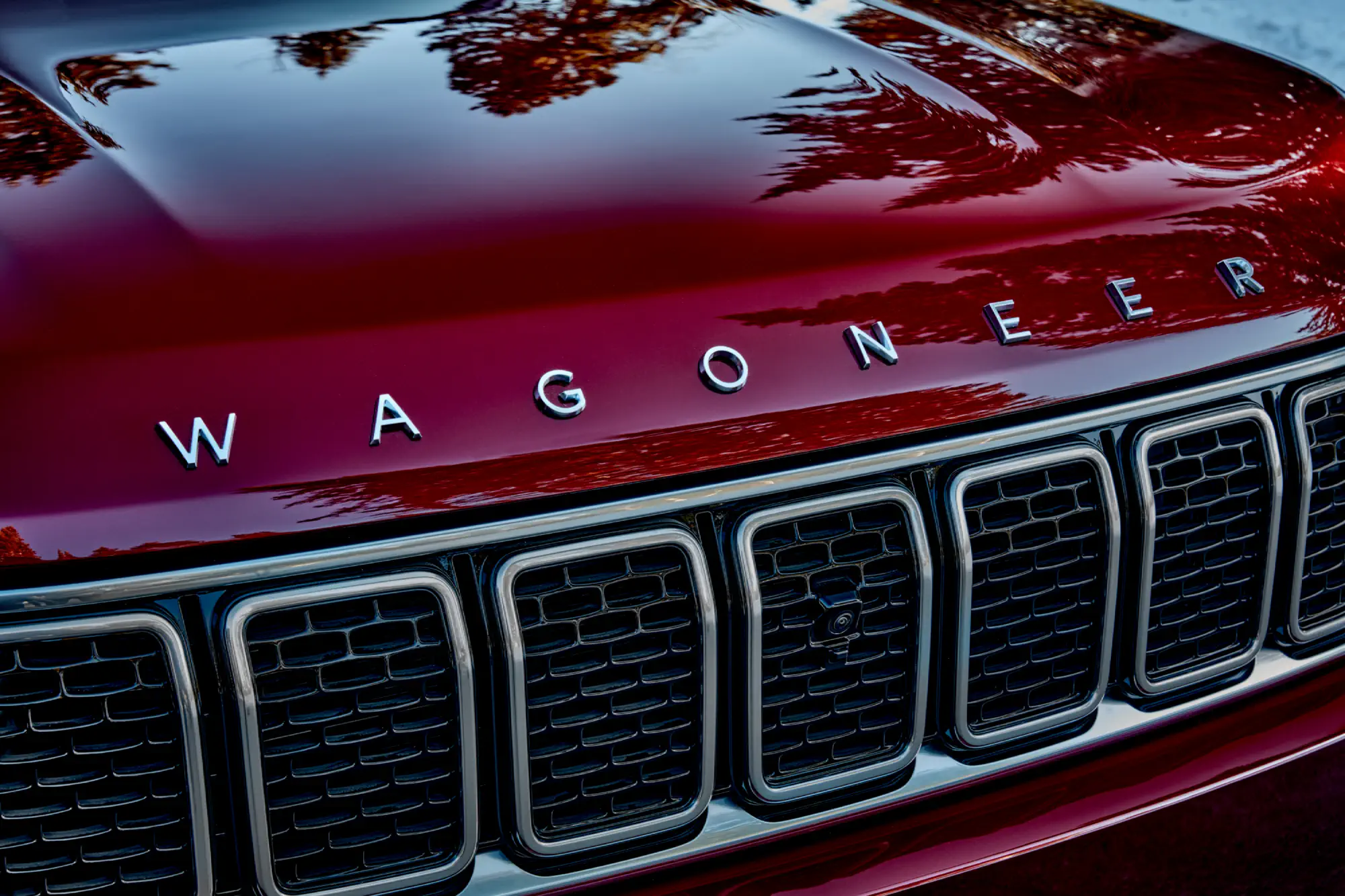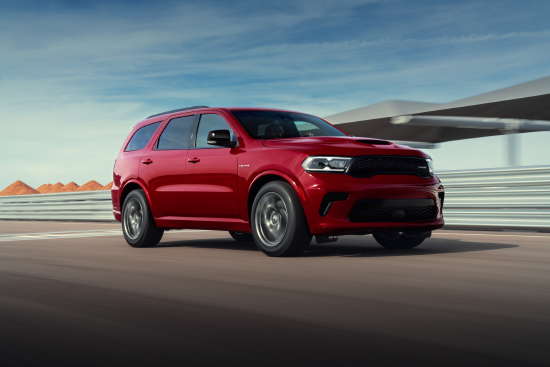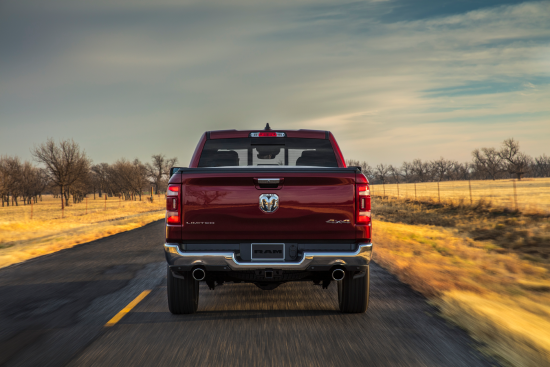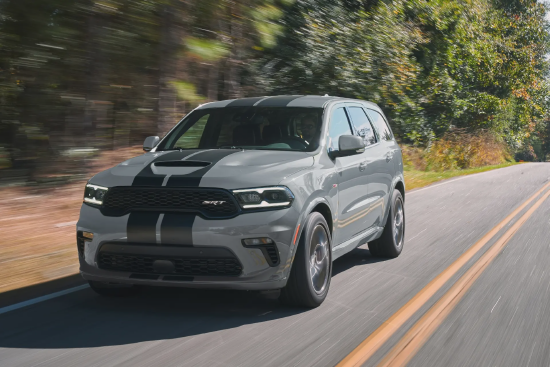Your Jeep’s paint is a vital protective layer that shields your vehicle from the elements and preserves its long-term value. But what happens when that paint starts to fade, chip, or show signs of wear?
Knowing the details of your Jeep paint warranty and exploring options for additional protection can keep your Jeep looking fresh for years of adventures. At Granger Motors, we’re here to guide you through your warranty coverage and provide expert solutions to maintain your Jeep’s like-new shine.
Understanding Jeep’s Standard Paint Warranty
Every new Jeep vehicle comes with a standard paint warranty that offers protection against defects in materials or workmanship. Here’s what you can expect:
- Limited Paint Warranty: Covers defects like peeling, cracking, or blistering due to manufacturing or application errors.
- Coverage Period: Typically, 3 years or 36,000 miles, whichever comes first.
- What’s Not Covered: Environmental damage, normal wear and tear, and improper care are excluded from coverage.
Wear and Tear vs. Defect: What’s Covered Under Your Jeep Paint Warranty?
One of the most common questions Jeep owners have about their paint warranty is the difference between wear and tear and defects. Understanding this distinction is crucial when determining what is and isn’t covered under your Jeep paint warranty.
Defects: What’s Covered
Jeep’s paint warranty is designed to protect against manufacturing defects, meaning issues that arise from errors in materials or workmanship during the paint application process. Here’s what’s considered a defect under the standard paint warranty:
- Peeling or Cracking: Paint that starts to peel off or crack due to improper application or faulty materials.
- Blistering: Bubbles or blisters forming under the paint surface, usually caused by poor adhesion during application.
- Fading or Discoloration: Unnatural fading or discoloration of the paint within the warranty period, not caused by external factors.
These issues, when caused by manufacturing defects, are covered under the standard 3-year/36,000-mile paint warranty. Jeep will cover the cost of repair or repainting if any of these defects are present.
Wear and Tear: What’s Not Covered
Wear and tear are the natural effects of exposure to the environment and everyday driving conditions. These issues are typically not covered under Jeep’s paint warranty. Here’s a breakdown of common wear and tear exclusions:
- Scratches and Chips: Damage from road debris, car washes, or off-road adventures.
- Fading from Sun Exposure: Natural fading or dulling of the paint due to prolonged UV exposure.
- Environmental Damage: Damage caused by bird droppings, tree sap, acid rain, or other environmental contaminants.
- Improper Care: Damage resulting from incorrect washing, waxing, or detailing techniques.
The key difference between wear and tear and a defect is that defects result from manufacturing flaws, while wear and tear come from everyday use and exposure to the elements. Knowing the distinction helps you determine when you can file a warranty claim and when it’s time to invest in preventive care like PPF or a ceramic coating.
Going Beyond the Standard Warranty: Proactive Paint Protection
While the Jeep paint warranty provides coverage for specific defects, taking proactive steps can keep your vehicle looking its best beyond the warranty period. Consider these popular options for extending the life of your Jeep’s paint:
- Paint Protection Film (PPF): A transparent film is applied to high-impact areas, such as the hood and fenders, to protect against chips and scratches.
- Ceramic Coatings: A hydrophobic layer that protects against UV rays, chemicals, and dirt while making your Jeep easier to clean.
- Regular Washing and Waxing: Prevents dirt buildup and keeps your paint vibrant. Waxing adds an extra layer of protection against the elements.
These protective measures ensure your Jeep maintains its rugged yet polished appearance, even after years of driving.
How to Properly Wash Your Jeep After a Day on the Trail
After a day of conquering trails and off-road adventures, your Jeep is bound to accumulate dirt, mud, and debris. While this rugged wear is part of the fun, it’s essential to clean your vehicle properly to maintain its appearance and prevent long-term damage to the paint and components.
Step 1: Rinse Off the Heavy Dirt and Mud
Before using any soap or sponge, start by rinsing off the large chunks of dirt and mud with a high-pressure hose. Focus on areas like the undercarriage, wheel wells, and the sides of your Jeep. This will prevent scratches caused by scrubbing dirt particles into the paint.
- Use a Power Washer: If available, a power washer makes it easy to blast off heavy mud and dirt from hard-to-reach areas.
- Angle the Spray: Spray at an angle to push mud and debris away from the vehicle rather than forcing it deeper into crevices.
Step 2: Use the Two-Bucket Method for Washing
Once the majority of the dirt is rinsed off, it’s time to wash your Jeep. The two-bucket method helps prevent scratching. One bucket should contain your soapy water, and the other bucket should be filled with clean water for rinsing your wash mitt after each pass.
Bucket 1: Soap and Water
Use a high-quality, pH-balanced car wash soap specifically designed for automotive paint.
Bucket 2: Rinse Water
After each scrub, rinse your mitt in this bucket to remove dirt before dipping it back into the soap.
Step 3: Focus on the Undercarriage
The undercarriage takes the brunt of the dirt and debris during off-roading. After rinsing and washing the body, give extra attention to the underside of your Jeep. Mud and debris can accumulate here and lead to rust or other damage over time.
- Suspension Components: Pay special attention to your shocks, struts, and other suspension parts. Mud buildup can cause corrosion.
- Wheel Wells: Rinse and scrub the wheel wells thoroughly to remove trapped dirt and mud.
Step 4: Gently Scrub Away Stubborn Dirt
Using a soft microfiber mitt, wash the exterior of your Jeep in sections, starting from the top and working your way down. Be gentle when scrubbing areas where dirt and mud are caked on to avoid scratching the paint. If necessary, use a detailing brush to get into tight spaces like around badges, door handles, and trim pieces.
- Avoid Harsh Brushes: Use soft microfiber mitts or sponges to avoid creating swirls or scratches on the paint.
- Rinse Frequently: Regularly rinse your wash mitt to remove dirt and prevent dragging particles across the paint.
Step 5: Dry with a Microfiber Towel
Once you’ve thoroughly washed and rinsed your Jeep, dry it with a microfiber towel to prevent water spots. Pay attention to areas where water might pool, like mirrors, door jambs, and the seams of the soft or hard top.
- Use Multiple Towels: Having several microfiber towels on hand ensures thorough drying without transferring dirt.
- Blow Dry for Hard-to-Reach Areas: To avoid water spots, use compressed air or a leaf blower to dry tight areas, such as around badges and mirrors.
Step 6: Apply a Protective Wax or Sealant
After washing, it’s a good idea to apply a protective layer of wax or sealant to your Jeep’s paint. This helps guard against UV rays, dirt, and mud on your next off-road adventure.
- Use a Quality Wax: Choose a high-quality wax or sealant to create a protective barrier between your paint and the elements.
- Reapply Regularly: Apply wax or sealant every few months for continued protection, especially if you frequently go off-roading.
Keep On Rolling
Your Jeep’s paint does more than make it look great—it protects your vehicle from the harsh realities of off-road driving and the elements. By understanding your Jeep paint warranty and taking proactive steps to protect your investment, you’ll keep your Jeep looking like new for years to come.
Jeep Paint Warranty FAQs:
What does the Jeep paint warranty cover?
The Jeep paint warranty covers defects such as peeling, cracking, or blistering caused by issues in materials or workmanship. It typically lasts for 3 years or 36,000 miles, whichever comes first. This warranty does not cover environmental damage or wear and tear from regular driving.
What is not covered under the Jeep paint warranty?
Environmental damage like sun exposure, tree sap, and bird droppings is not covered. Additionally, normal wear and tear such as scratches, chips, and fading from UV rays or improper care are excluded from the warranty.
How can I protect my Jeep’s paint beyond the warranty?
Consider using Paint Protection Film (PPF) or ceramic coatings to safeguard your paint from scratches, chips, and UV damage. Regular washing and waxing also help maintain the finish and keep your Jeep looking like new.
How should I clean my Jeep after off-roading to protect the paint?
Use a two-bucket method to wash your Jeep, starting with a high-pressure rinse to remove heavy dirt and mud. Focus on the undercarriage and use microfiber towels to gently scrub and dry the exterior, preventing scratches and water spots.
Can I file a paint warranty claim if my Jeep’s paint fades?
Fading caused by natural elements like UV rays is typically considered normal wear and tear and is not covered by the paint warranty. However, if the fading is due to a manufacturing defect within the warranty period, you may be eligible for a repair or repaint.
